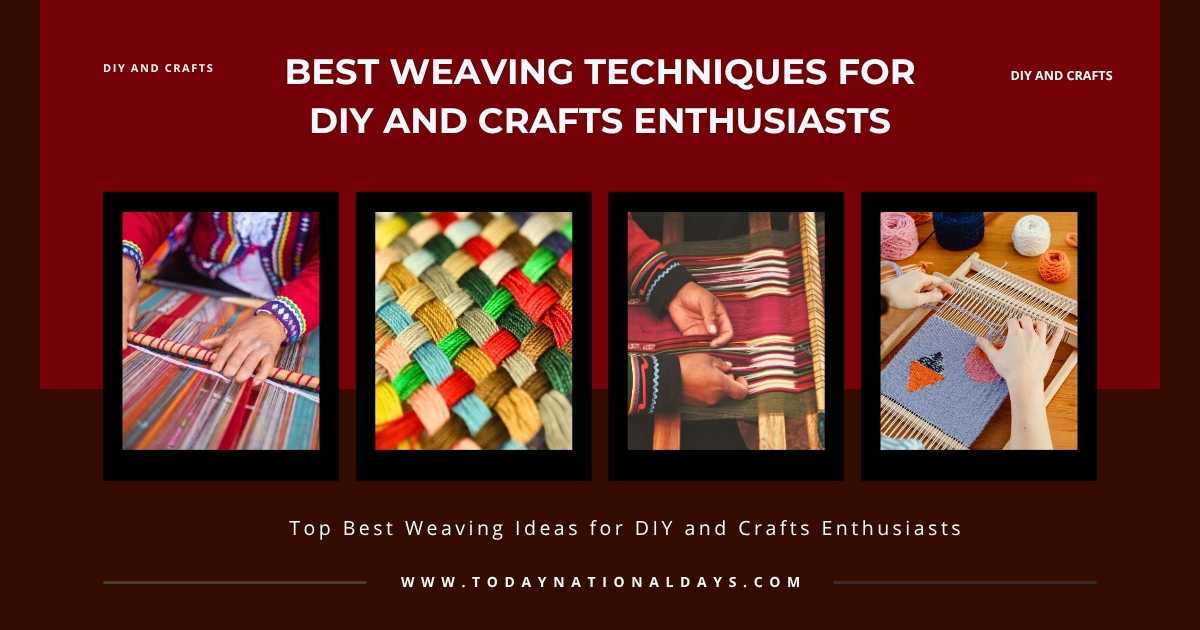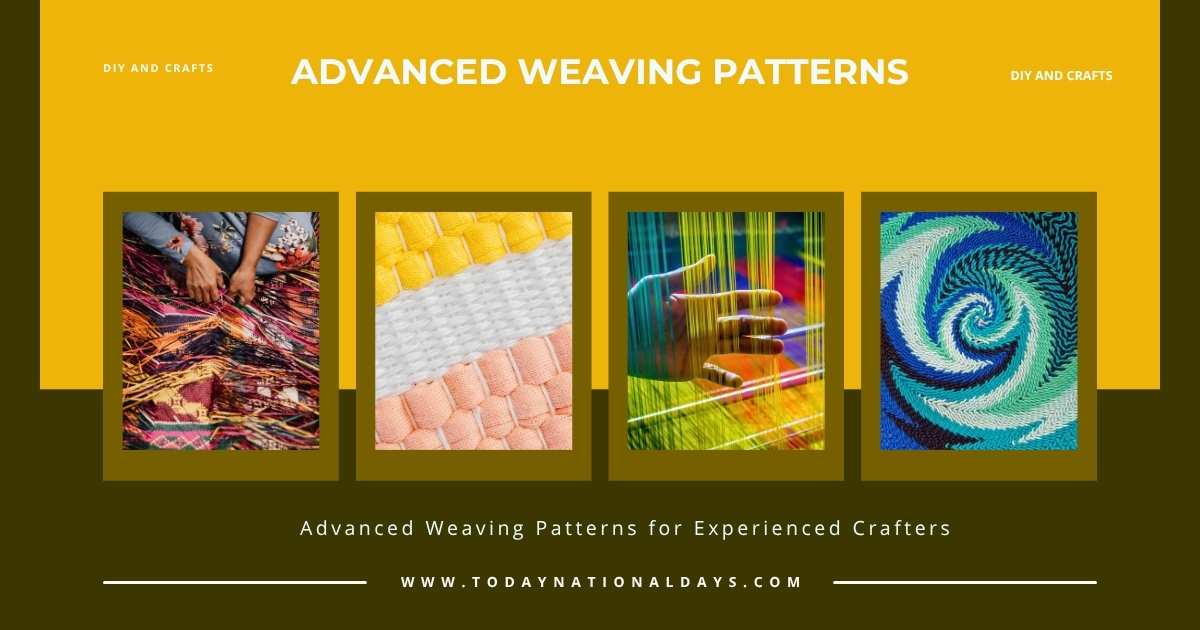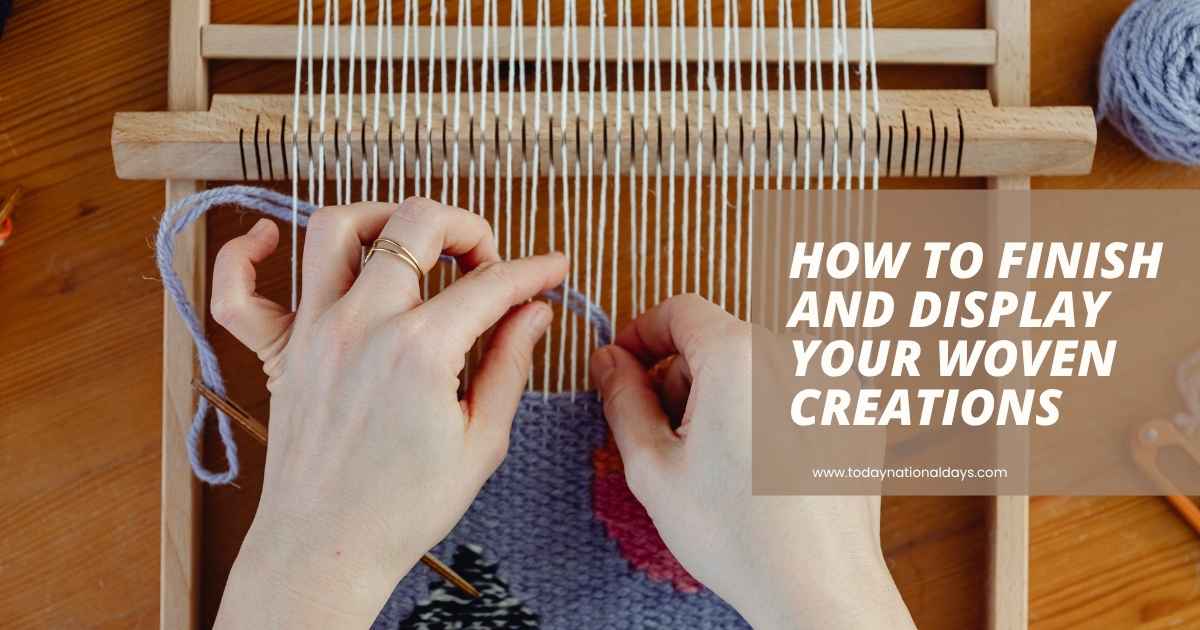
Weaving is one of the oldest and most versatile textile arts, allowing crafters to create beautiful fabrics, home décor, and wearable art. Whether you’re a beginner in the USA looking to start with a simple loom or an experienced weaver experimenting with intricate patterns, mastering different weaving techniques can open up endless creative possibilities. From traditional hand-weaving to modern tapestry methods, this guide covers everything you need to know to refine your skills and produce stunning woven pieces.
The art of weaving has seen a resurgence in DIY and crafts communities, with many enthusiasts in the UK embracing sustainable and handmade textiles. Whether you want to weave a cozy scarf, a decorative wall hanging, or durable baskets, understanding the right materials, tools, and methods is essential. This comprehensive guide will walk you through the best weaving techniques, must-have tools, and expert tips to help you craft like a pro.
Essential Weaving Tools and Materials for Beginners
Before diving into weaving techniques, you’ll need the right tools and materials. Here’s a breakdown of the basics every weaver should have:
Must-Have Weaving Tools
- Loom: The foundation of weaving, available in frame, rigid heddle, and tabletop varieties.
- Shuttle: Helps pass the weft thread through the warp.
- Weaving Needles: Used for detailed hand-weaving and finishing.
- Warp Thread: Strong, durable threads that form the base of your weave.
- Weft Yarn: Softer threads woven horizontally to create patterns.
Best Materials for Different Weaving Projects
| Project Type | Recommended Material | Best For |
|---|---|---|
| Scarves & Clothing | Merino Wool, Cotton | Softness & Durability |
| Wall Hangings | Chunky Yarn, Roving Wool | Textured, Decorative Looks |
| Baskets & Rugs | Jute, Hemp, Raffia | Strength & Structure |
Choosing the right materials ensures your weaving project turns out both beautiful and functional.
Step-by-Step Guide to Basic Weaving Techniques
Learning fundamental weaving techniques is crucial before attempting complex patterns. Follow these steps to get started:
Setting Up Your Loom
- Warping the Loom: Secure the warp threads vertically under tension.
- Threading the Heddle: If using a rigid heddle loom, thread the warp through the heddle.
- Tying Off: Secure the warp ends to prevent slipping.
Basic Weaving Stitches
- Plain Weave: The simplest over-under pattern, perfect for beginners.
- Twill Weave: Creates diagonal ridges, ideal for sturdy fabrics.
- Soumak Weave: A braid-like technique for textured designs.
Mastering these basics will prepare you for more advanced projects.
Advanced Weaving Patterns for Experienced Crafters

Once comfortable with basic stitches, try these intricate weaving patterns to elevate your work:
Tapestry Weaving
- Interlocking Technique: Blends colors seamlessly for detailed imagery.
- Slit Weave: Creates sharp lines and geometric designs.
Circular Weaving
A unique method for creating rounded wall art or coasters using a hoop loom.
DIY Weaving Projects to Try at Home
Put your skills to the test with these fun and practical weaving projects:
Bohemian Wall Hanging
- Use a mix of yarn textures for a boho-chic look.
- Incorporate beads and feathers for extra flair.
Woven Coasters
- Small, quick projects perfect for gifts.
- Experiment with color-blocking techniques.
Troubleshooting Common Weaving Mistakes
Even experienced weavers encounter issues. Here’s how to fix them:
- Uneven Tension: Adjust warp tightness and beat consistently.
- Warp Breakage: Use stronger thread or reduce loom tension.
The Best Yarn Types for Different Weaving Styles
Choosing the right yarn can make or break your weaving project. Here’s a breakdown of the best fibers for various techniques:
Natural Fibers vs. Synthetic Yarns
- Cotton: Ideal for beginners due to its smooth texture and durability.
- Wool: Great for tapestries and rugs because of its elasticity and warmth.
- Silk: Perfect for luxurious, delicate weaves like scarves and shawls.
- Acrylic & Nylon: Budget-friendly and vibrant, best for practice pieces.
Specialty Yarns for Texture and Depth
- Chenille: Adds a plush, velvety finish to wall hangings.
- Metallic Threads: Gives a shimmering effect for decorative pieces.
- T-Shirt Yarn: Upcycled and chunky, great for baskets and mats.
Matching the yarn to your project ensures professional-looking results.
How to Finish and Display Your Woven Creations

A well-finished weave looks polished and lasts longer. Follow these steps to complete your work like a pro:
Securing the Weave
- Knotting the Ends: Use a double knot or fringe twist for a clean edge.
- Blocking the Fabric: Stretch and pin the weave to shape, then lightly steam.
- Adding a Backing (for wall hangings): Felt or fabric prevents fraying.
Creative Display Ideas
- Driftwood Hangers: Natural wood complements boho-style weaves.
- Floating Frames: Modern way to showcase small tapestries.
- Functional Pieces: Turn weaves into pillow covers, table runners, or tote bags.
A thoughtful finish elevates your work from craft to art.
Sustainable Weaving: Eco-Friendly Practices for Modern Crafters
Weaving can be both beautiful and sustainable. Here’s how to reduce waste and choose earth-friendly materials:
Upcycling Materials
- Fabric Scraps: Cut old clothes into strips for rag rugs.
- Plarn (Plastic Yarn): Repurpose grocery bags into durable baskets.
- Unconventional Fibers: Try banana fiber, bamboo yarn, or recycled denim.
Low-Impact Dyeing and Processing
- Plant-Based Dyes: Use turmeric, avocado pits, or onion skins for color.
- Undyed Yarns: Embrace natural wool or linen tones for a rustic look.
- Ethical Sourcing: Support brands that use fair-trade and organic fibers.
Sustainable weaving not only benefits the planet but also adds unique storytelling to your creations.
Final Thoughts
Weaving is a rewarding craft that blends creativity with skill. Whether you’re in Australia crafting handmade rugs or in Canada designing woven tapestries, the right techniques and tools make all the difference. Start with simple projects, practice regularly, and soon you’ll be weaving like an expert.
By following this guide, you’ll gain the confidence to tackle any weaving project, from beginner-friendly scarves to intricate decorative pieces. Happy weaving!






